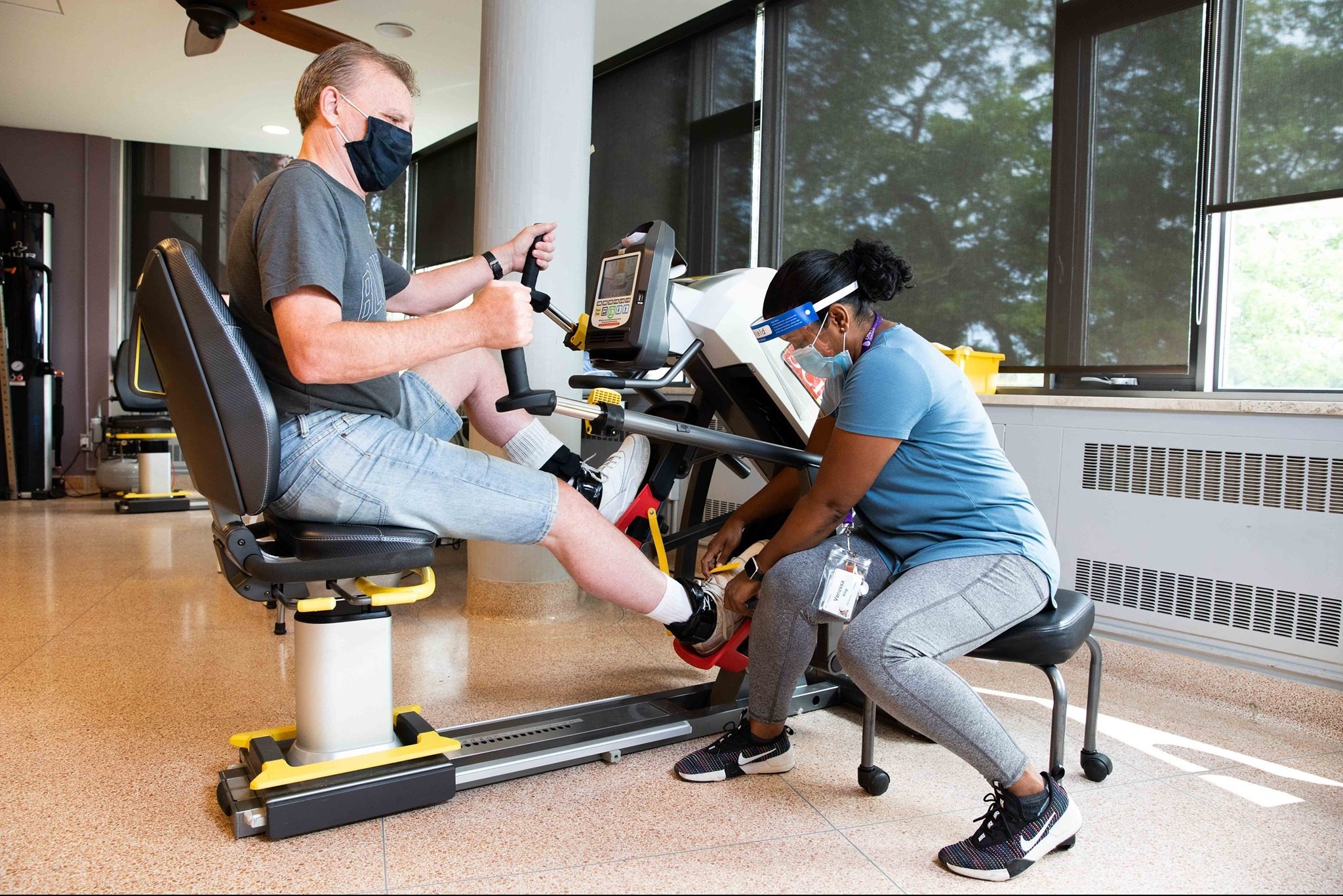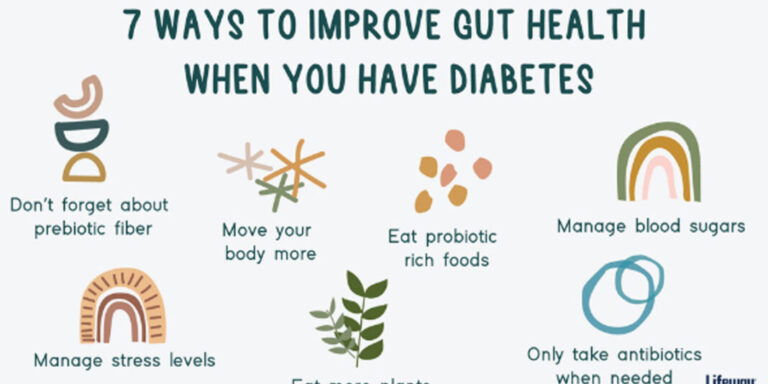In a fast-paced urban setting like Toronto, where lifestyle-related injuries, workplace strain, and chronic conditions are increasingly common, rehabilitation services have become a crucial part of healthcare. Whether recovering from surgery, healing after an accident, or managing chronic pain, visiting a rehabilitation clinic in Toronto can significantly improve one’s quality of life. This article explores how rehabilitation clinics function, the types of therapies they offer, who can benefit, and what patients should expect during the recovery process.
What Is a Rehabilitation Clinic?
A rehabilitation clinic is a healthcare facility that focuses on helping individuals regain function, reduce pain, and improve overall well-being after injury, illness, or surgery. The treatment is often multidisciplinary, meaning that various specialists work together to create a personalized recovery plan.
Key Objectives of Rehabilitation
The main goals of rehabilitation include:
- Restoring strength and mobility
- Managing pain effectively
- Relearning skills lost due to injury or illness
- Enhancing independence in daily activities
- Preventing future complications
Rehabilitation is not only physical—it can also include psychological and occupational support to help patients transition back into everyday life with confidence.
Services Offered in a Rehabilitation Clinic
Rehabilitation clinics typically offer a wide range of therapies. The goal is to provide an integrated approach that supports all aspects of recovery.
Physical Therapy
Physical therapy focuses on restoring movement and physical function. It is commonly used after orthopedic surgeries, sports injuries, or musculoskeletal disorders. Therapists use manual therapy, stretching, strengthening exercises, and modalities such as ultrasound or electrical stimulation.
Occupational Therapy
Occupational therapy helps individuals regain the ability to perform everyday activities, such as dressing, cooking, or returning to work. It is especially helpful for patients recovering from strokes, brain injuries, or surgeries that limit hand or upper body function.
Speech and Language Therapy
Patients who’ve experienced strokes, neurological issues, or head injuries may require speech therapy. This includes improving communication skills and addressing swallowing difficulties.
Pain Management Programs
Chronic pain conditions such as arthritis or back pain are often treated with targeted programs involving physiotherapy, guided exercise, and cognitive strategies to manage pain without relying heavily on medication.
Mental Health Support
Rehabilitation is not just physical—it also involves coping with emotional challenges. Many clinics include mental health professionals who provide counseling, stress management, and emotional resilience training.
Who Needs Rehabilitation Services?
A rehabilitation clinic in Toronto can serve a diverse range of patients, from those recovering from trauma to individuals managing lifelong conditions.
Post-Surgical Patients
After surgeries like knee replacements, spinal operations, or cardiac procedures, rehabilitation helps patients regain mobility, reduce complications, and shorten recovery time.
Injury and Trauma Recovery
People recovering from car accidents, sports injuries, or falls often need a combination of physical and occupational therapy to resume daily functions.
Stroke and Neurological Patients
Stroke survivors frequently need long-term rehabilitation for speech, balance, and coordination. Specialized clinics focus on neuro-rehabilitation to support brain and nervous system recovery.
Chronic Disease Management
Conditions like multiple sclerosis, arthritis, or chronic back pain require ongoing physical and functional therapy. Rehabilitation helps patients manage symptoms and maintain independence.
Aging Adults
Older adults dealing with balance issues, mobility loss, or after a hip fracture often benefit from rehabilitation to maintain their quality of life and prevent further injury.
What to Expect When Visiting a Rehabilitation Clinic
Knowing what to expect can ease the transition into rehabilitation and make the process more effective.
Initial Assessment
Rehabilitation begins with a thorough assessment. A team of specialists will evaluate your medical history, physical limitations, mental health status, and daily living challenges. Based on this, they’ll create a personalized recovery plan.
Goal Setting and Progress Tracking
Setting clear and achievable goals is a key part of rehabilitation. Whether it’s walking independently, returning to work, or improving speech, progress is monitored regularly and plans are adjusted as needed.
Therapy Sessions and Home Exercises
Most patients will attend multiple therapy sessions each week. In addition to in-clinic therapy, you may be assigned home exercises to maintain momentum and speed up recovery.
Collaboration with Healthcare Providers
Rehabilitation professionals often work in coordination with your doctor, surgeon, or specialist to ensure consistent and holistic care.
Benefits of Choosing a Local Rehabilitation Clinic
Accessing a rehabilitation clinic in Toronto offers specific benefits tailored to the city’s population and healthcare landscape.
Multilingual and Diverse Services
Toronto’s diversity is reflected in its healthcare system. Many clinics provide multilingual support, cultural sensitivity, and therapists familiar with different lifestyles and health beliefs.
Convenient Access and Community Integration
Being local makes it easier to attend sessions consistently. Some clinics also partner with community centers, gyms, or support groups to promote continued wellness after rehab.
Urban Lifestyle Consideration
City residents face unique physical demands—long commutes, desk jobs, or intense physical labor. Rehabilitation services are often tailored to address these specific urban challenges.
Rehabilitation: A Long-Term Health Strategy
Recovery doesn’t stop when therapy sessions end. Rehabilitation is part of a larger strategy to maintain health, prevent relapses, and promote long-term independence.
Preventing Future Injury
Therapists educate patients on posture, proper movement mechanics, and strengthening techniques that reduce the risk of future injuries.
Encouraging Active Living
Through guided movement and education, rehabilitation encourages people to stay active—physically and mentally. This is especially important in preventing complications associated with sedentary lifestyles.
Boosting Confidence and Independence
One of the most important outcomes of rehabilitation is regaining confidence. Whether it’s walking without support or returning to hobbies, the emotional boost from improved function is powerful.
Conclusion
A rehabilitation clinic in Toronto offers much more than treatment—it provides a path back to independence, activity, and confidence. With a personalized, multidisciplinary approach, these clinics are equipped to support a wide range of physical, emotional, and cognitive challenges. For those recovering from injury, managing chronic illness, or striving to improve their quality of life, rehabilitation is an essential and empowering step forward. By taking advantage of the resources available in Toronto’s healthcare system, patients can find the support they need to heal, grow, and thrive.









